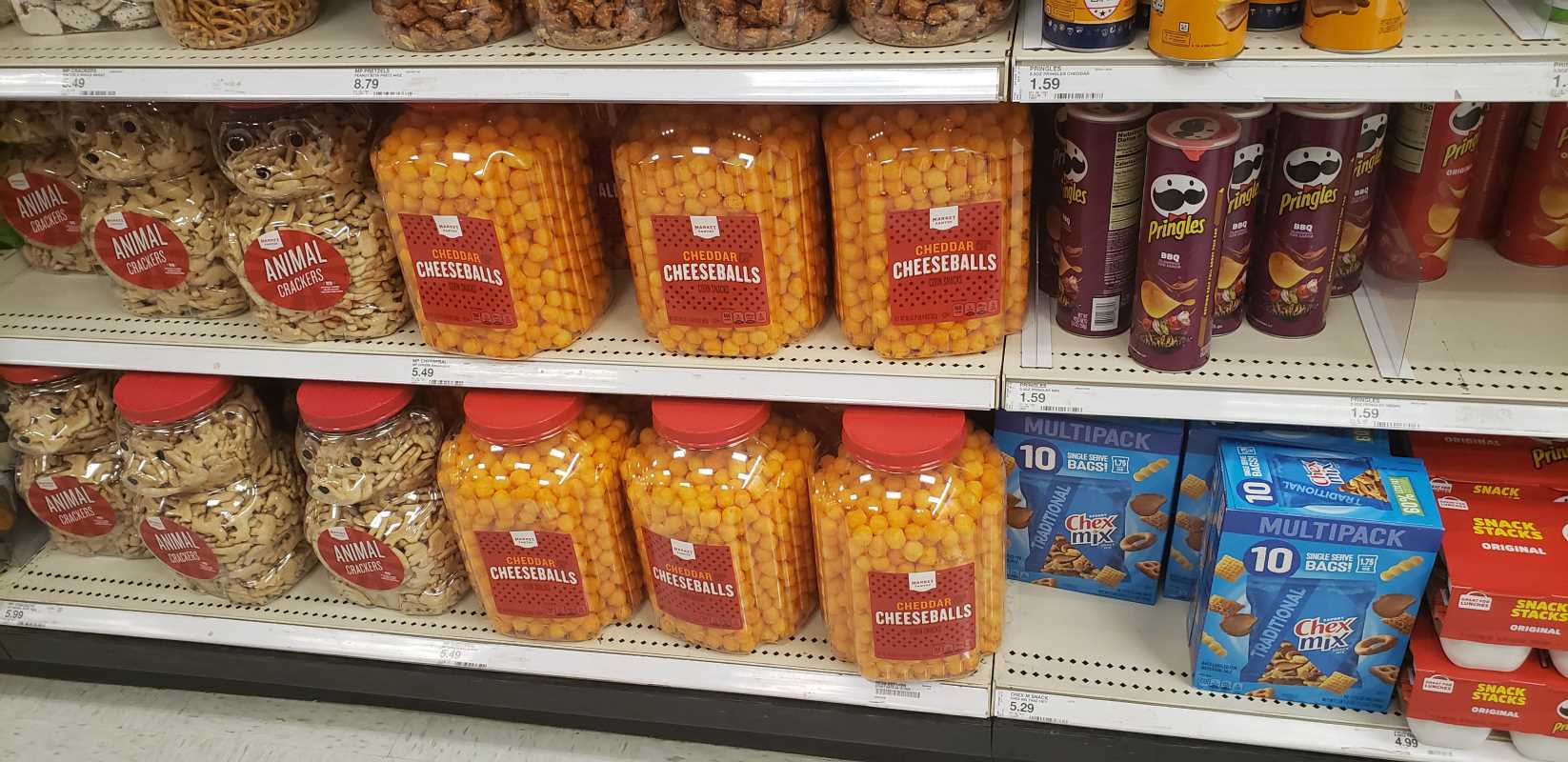When it comes to managing your budget, grocery shopping can feel like a necessary evil. It's one of those unavoidable expenses, but that doesn’t mean you can’t save some serious cash while filling your cart. With just a few simple tricks and thoughtful habits, you can transform your weekly grocery trip into an opportunity to stretch your dollars without sacrificing quality or nutrition. Let's talk about some practical and easy ways to save money while grocery shopping—and maybe even make the experience a little more enjoyable!
Plan Your Meals
You’ve probably heard this one before, but meal planning is worth the hype. Start by deciding what meals you’ll make for the week. Then, check your pantry and fridge to see what ingredients you already have. This step helps avoid doubling up on items and ensures you actually use what’s already sitting in the back of your cabinet.
For example, if you know you’re making spaghetti one night and tacos another, the same ground beef could work for both meals. Planning keeps your shopping list focused, prevents food waste, and saves you from those last-minute takeout orders. Bonus points if you plan your meals around items on sale or what’s in season (more on that later).
Pro Tip:
Keep a “family favorites” list of meals that you can rotate into your plan. That way, when you don’t feel like brainstorming new ideas, you’ve got dependable options ready to go.
Don’t Shop Without a List
Wandering into the store without a shopping list is like heading into battle without a plan—chaos is inevitable. A list keeps you focused and helps you avoid tossing unnecessary items into your cart (you know, like that random bag of fancy chips or the overpriced artisanal bread you didn’t even know you “needed”).
Before you shop, write down everything you’re planning to buy, organized by department (e.g., produce, dairy, pantry staples). Doing this minimizes wandering, which is where impulse purchases lurk. Stick to the list as if your wallet depends on it—because it does.
Pro Tip:
Apps like AnyList or even the notes section on your phone can help you digitize and organize your list. No more losing crumpled paper scraps!
Take Advantage of Coupons and Discounts
Couponing isn’t just something extreme savers do on reality TV—it’s a real way to cut your grocery bill. Look through store circulars, apps, or websites for discounts before you shop. Many grocery stores have loyalty programs that make hunting for savings even easier. Digital apps like Ibotta or Rakuten can also give you cash back on groceries.
Don’t forget about price-matching! Some stores honor competitors’ deals, so it’s worth doing a quick check before you head to the checkout.
Pro Tip:
Don’t buy something just because it’s on sale or you have a coupon for it. If it’s not something you actually need or will use, you’re not saving money—you’re spending it.
Buy in Bulk
Buying in bulk can be a great way to save, but it’s not always the best choice for every household. Staples like rice, beans, pasta, canned goods, and certain snacks tend to be cheaper in large quantities. Just make sure you actually have the space to store bulk items, and keep an eye on expiration dates for perishable goods.
Warehouse stores like Costco, Sam’s Club, or BJ’s are great for stock-up runs, but don’t forget to compare prices. Sometimes your local grocery store’s sale prices might be better than what a warehouse offers.
Pro Tip:
Avoid the temptation to buy bulk items you don’t normally consume. Seriously, you don’t need a giant tub of chocolate pudding unless it’s your life’s calling.
Choose Store Brands Over Name Brands
Store brands have come a long way, and many are just as good (if not better) than the more expensive name brands. Items like canned goods, pasta, flour, and dairy products are often identical in quality but significantly cheaper when you opt for the store or generic version.
It can feel risky switching from a favorite brand to a generic one, but with prices climbing on everything nowadays, it’s worth a shot. Worst case scenario, you try one thing and decide to go back to your old brand next time.
Pro Tip:
Check the ingredient labels! Often, the only difference between the name brand and the store brand is the packaging.
Understand Unit Pricing
You know those little price tags on the store shelf? Most of them include a unit price, which tells you the cost per ounce, pound, or item. It’s an easy way to compare whether the 20-ounce box of cereal is a better value than the 12-ounce one (spoiler alert—it usually is).
Pay attention to unit pricing across different brands and sizes. Sometimes the biggest-looking package isn’t the cheapest—or, marketing tricks aside, it might not actually be “family-sized.”
Pro Tip:
If your store doesn’t show unit pricing, you can always whip out your phone and do the math yourself. Divide the total price by the measurement (oz, lbs, units).
Shop Seasonally
Fruits and veggies taste better and cost less when they’re in season. Not only will you save money, but you’ll also enjoy fresher, more flavorful produce. Plan meals around what’s abundant—think tomatoes in the summer, squash in the fall, and citrus fruits in the winter.
Farmers’ markets can be another great option for finding seasonal produce, often at lower prices than the grocery store. Plus, you’re supporting local growers!
Pro Tip:
Freeze seasonal fruits and veggies while they’re cheap. That way, you’ll have them on hand even when they’re out of season (and expensive again).
Avoid Impulse Purchases
We’ve all been there—walking through the grocery store, suddenly seduced by end-of-aisle displays or the smell of freshly baked bread. It’s hard not to give in to temptations, but impulse purchases can quickly wreck your budget.
One way to combat this is by not shopping hungry. Seriously. When your stomach is rumbling, even the overpriced gourmet crackers seem like a “need.” Another tip is to think of shopping as a mission where you’re in and out as quickly as possible—don’t linger and browse.
Pro Tip:
If you see something unplanned you really want, set a “cooling off” period by finishing your shopping and then deciding if it’s worth going back for. Nine times out of ten, you won’t.
In Summary
Saving money on groceries doesn’t have to be complicated. By planning meals, sticking to a list, and using tools like coupons and store brands to your advantage, you can lower your weekly costs without sacrificing quality. Avoid impulse buys, shop seasonally, and pay attention to unit prices to get the most value for your dollar. Finally, don’t underestimate the power of being organized—whether that’s keeping your pantry in check, using shopping apps, or scheduling a specific time for your grocery run.
 (Image source: Inuvo)
(Image source: Inuvo) 





